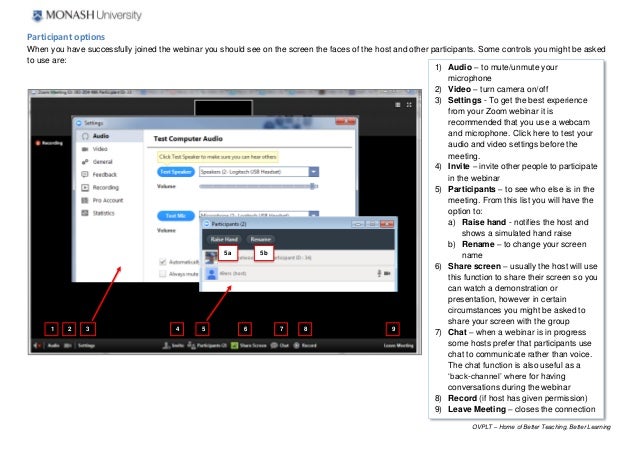

Please review the quick reference check list to secure your public meeting.įor the most control over content that will be publicly shared, you may consider a pre-recorded event.A "bouncer" strategy is also strongly recommended where trusted co-hosts carefully monitor participant behavior and rapidly eject participants not adhering to standards of appropriate behavior. Public Meeting Meetings where a link is publicly shared should use a carefully monitored waiting room, restrict or disable chat settings, and require that audio, video and screen sharing be enabled only on an individual basis by the meeting host or co-hosts.only shared through an Outook Meeting Invitation) and requiring authentication and/or a carefully monitored waiting room can utilize relatively open settings with an expectation of reasonable behavior from all participants. Internal Meeting Meetings where invitations are not shared publicly (e.g.By request, a Large Meeting Add-on can be temporarily associated with your license to host up to 500 participants. participants may be asked to turn on their audio or video, and/ or s screen share.Īny UNM Zoom Licensed user can host a meeting with up to 300 participants.it is appropriate for all participants to see everyone in attendance.With some attention to settings and extra vigilance on the part of the host, a Zoom meeting rather than a Webinar can pr ovide a more collaborative, less formal experience. Up to 500 or 1000 participants, depending on the license. Up to 100 with free license, up to 300 with a pro license, up to 500 upon special request. The Host can unmute one or more attendees.Only the Host and panelists can mute/unmute their own audio.The Host can set all participants to mute upon entry.Host can mute/request to unmute participants.


Feature comparison Meetings vs Webinar Feature Comparison Table Feature Attendees watch and listen to panelists and interact with panelists via Q&A, Chat, and by answering polling questions. Webinars are typically used for a more formal presentation with two kinds of participants: panelists and attendees. Meetings are a collaborative event with all participants able to see everyone else in attendance, potentially turn on their video and audio, screen share, and participate in break out rooms. What is the difference between a Meeting and a Webinar? When in doubt, plan your event to be as restrictive as possible while still supporting necessary communication and exchange. Your target audience, method for sharing the event invitation, and objectives for participation will help you determine which online meeting format is best for your event.


 0 kommentar(er)
0 kommentar(er)
